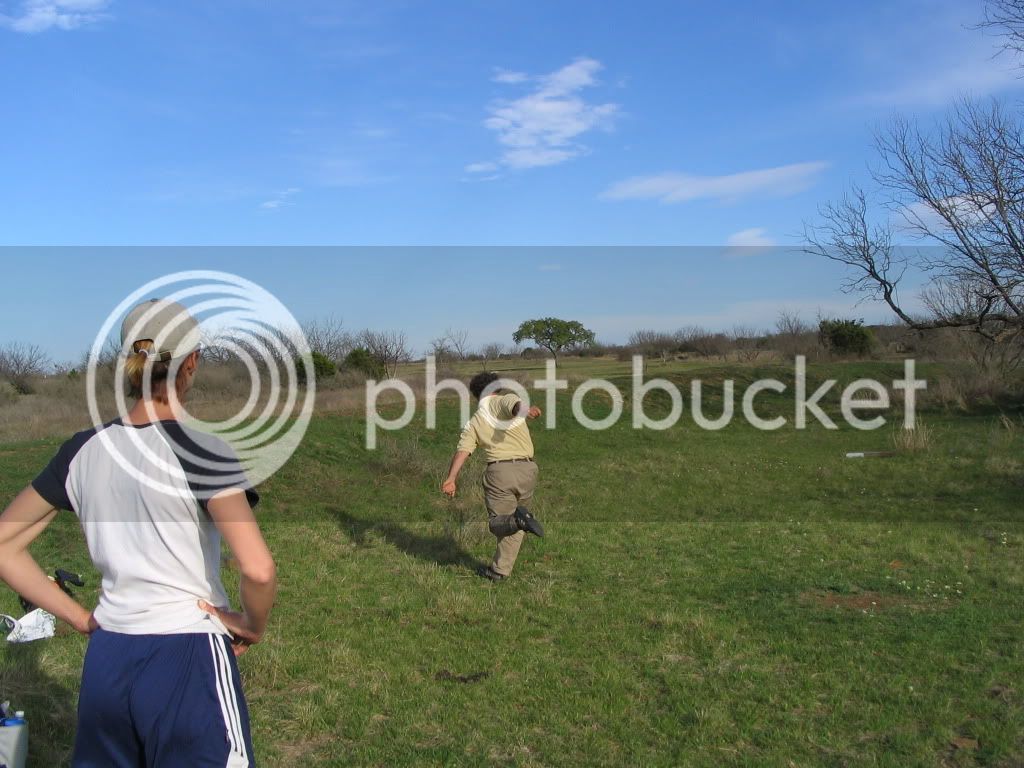Funny you should ask. I just had to make that choice on the course I've been working on in Nantucket (get those limericks ready).
Nantucket isn't a case where the two "halves" are exceptionally different, though that does happen; as you say, there are places where 9 holes are open and 9 are wooded. In this case, I thought it was best to vary the rhythm of the round by crossing back and forth. As it stands now, you'd play 5 holes on the north side (more open with black oaks), then 10 holes south (generally tighter with mostly pines), and finish with 3 north. There were other reasons for doing it that way, and I put fewer holes on the north side, because it has more sensitive habitat for protected moths.
Like pretty much any other design choice, I'd say it ultimately depends on what you're trying to create. I can certainly see situations where you might prefer a black/white, beauty/beast, heads/tails, Jekyll/Hyde, caterpillar/moth split. I suspect that, all other things being equal, I'd probably want to mix it up if I could.
Good question.
Thanks.
John




